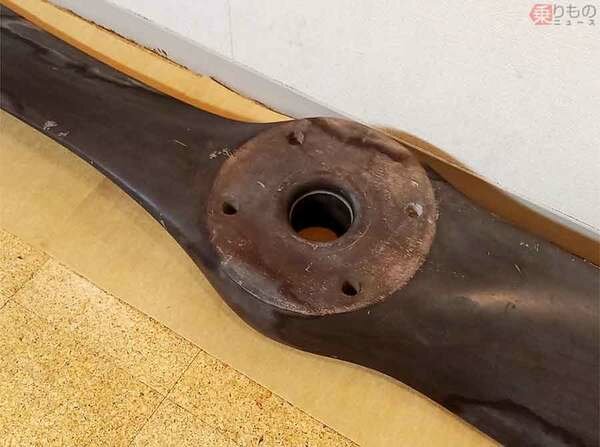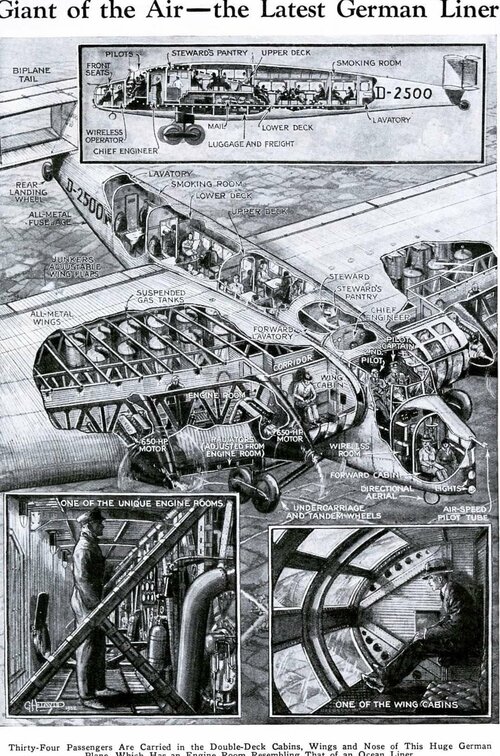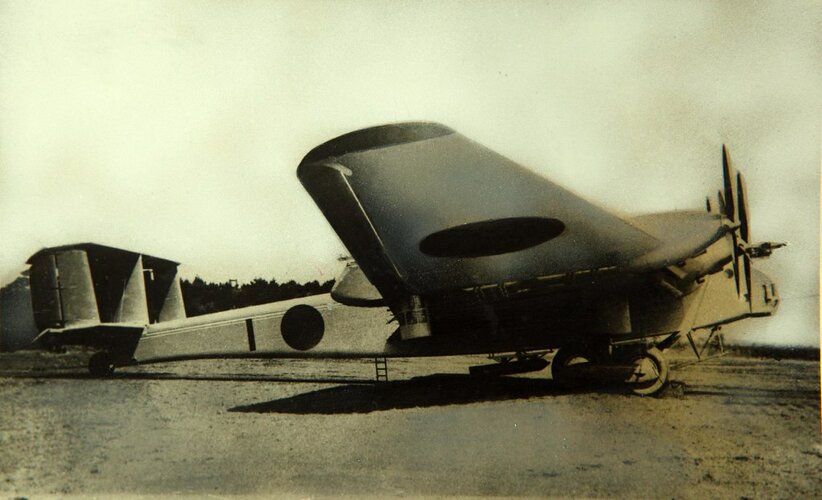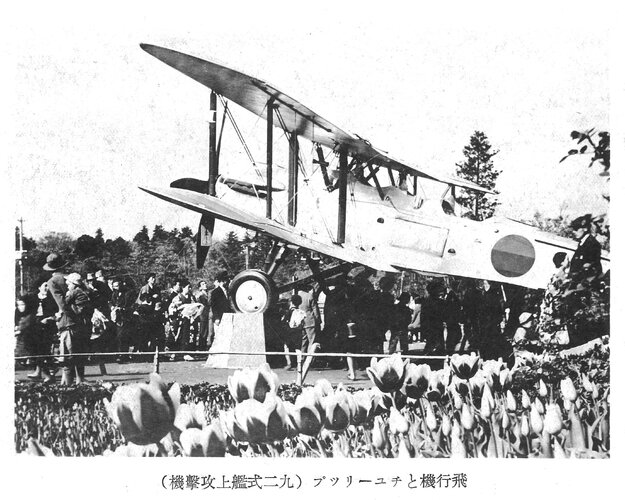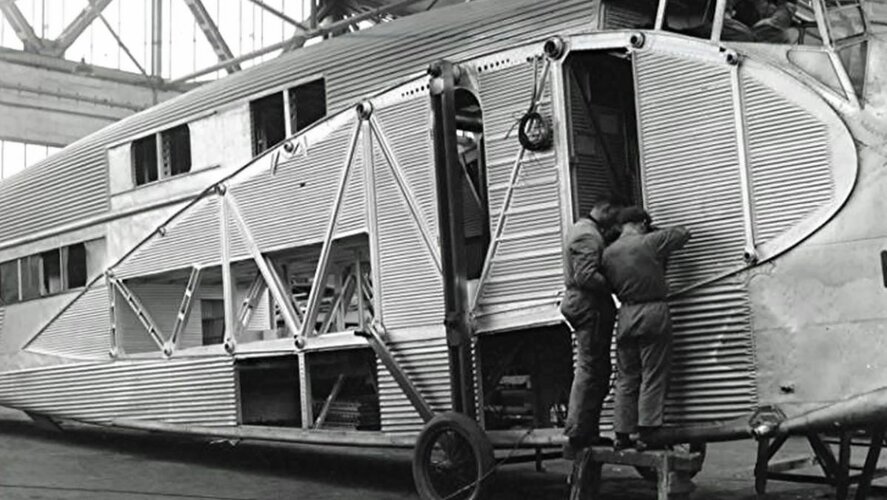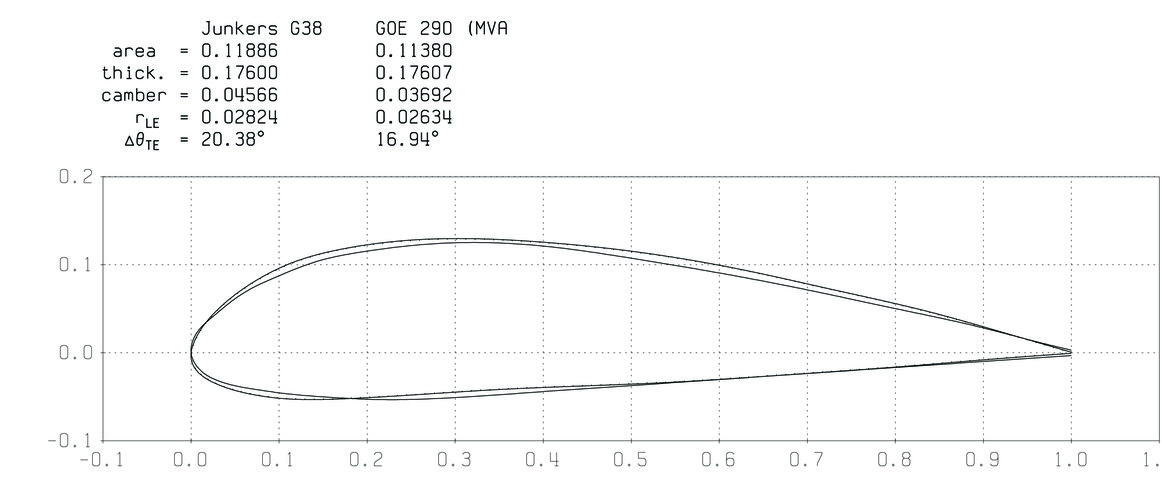Hi!
商業施設、ホテル、オフィス、博物館・美術館、ショールームなどの展示、博覧会・イベントなどプロモーションまで手掛ける空間の総合プロデュース企業です。

www.nomurakougei.co.jp
「空間」をつくり、そして活かす空間プロデュース企業。商業施設、ホテル、オフィス、博物館・美術館、ショールームなどの展示、博覧会・イベントなどプロモーションまで。
www.nomurakougei.co.jp
Management code: 837
Dates: March 20, 1941 (Showa 16) - June 20, 1941 (Showa 16)
Location: Tokyo
Venue: Tamagawaen (Maruko), Yomiuri Amusement Park (Futago), Yomiuri Airfield
Organizers: Greater Japan Aviation Association, Yomiuri Shimbun, (supporters) Army, Navy, Ministry of Communications, Ministry of Foreign Affairs, Ministry of Colonial Affairs, Cabinet Intelligence Bureau, Tokyo Prefecture, Tokyo City, Metropolitan Police Department
This exhibition View related materials
[Number of materials: 1]
<Objective>For our country, which is striving to establish the Greater East Asia Co-Prosperity Sphere, the advanced development of aviation is becoming increasingly important from all angles, including national defense and transportation culture, and in the rapidly changing international situation, the Pacific Ocean is also in a state of turmoil, and securing air superiority is becoming an important key to resolving the Southern Problem. In light of this, our company, jointly sponsored with the Great Japan Aviation Association, will hold an "Aviation Expo" to spread basic and scientific knowledge about aviation to the people on the home front and to contribute to the thorough implementation of air defense ideas, and we hope to contribute in some way to the completion of a powerful national defense nation and the construction of a world-class aviation Japan. (The above is from the photo album.) At the Maruko site, there are the Aviation Development Museum, Panorama Museum, Youth Aviation Museum, Aviation Science Museum, Army and Navy Aviation Museum, Future Aviation Museum, and an actual display of a Type 93 twin-engine bomber. Yomiuri Airfield is mainly for air shows. At the second site, Yomiuri Amusement Park, it took a surprisingly long time to assemble Japan's largest super-heavy bomber, which was transported in 13 freight cars. Nomura Co., Ltd. alone mobilized more than 70 people a day, and in the end, over 1,000 people were involved in the assembly over 16 days. In addition to this four-engine super-heavy bomber (44 meters wide), the only one in the history of Japanese Army aviation, various Army and Navy aircraft, Junkers dive bombers, and the remains of the shot-down I-16 were also on display at the site. Participated in the decoration of the attractions (from the company history "700,000 Hours of Journey 2")













